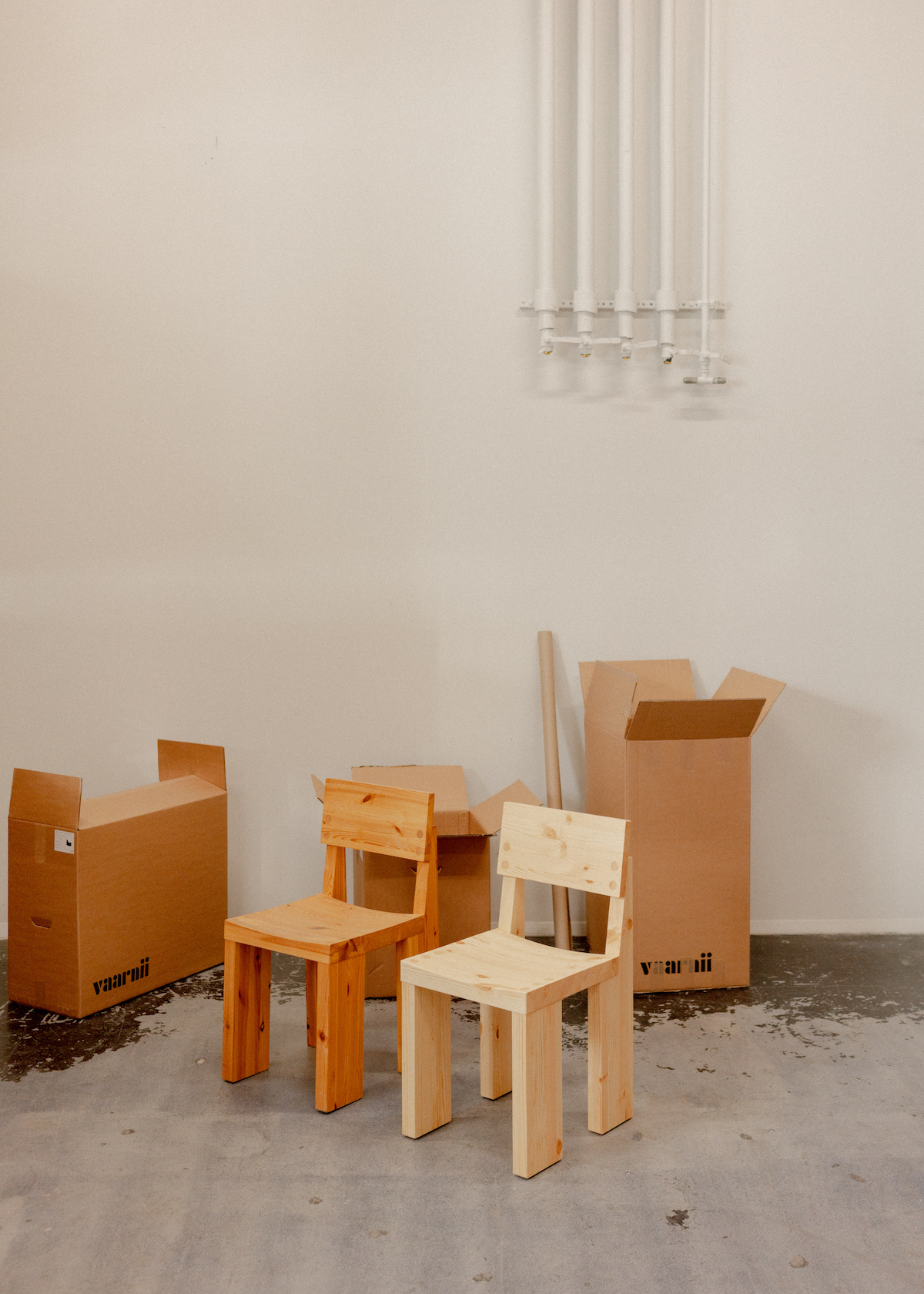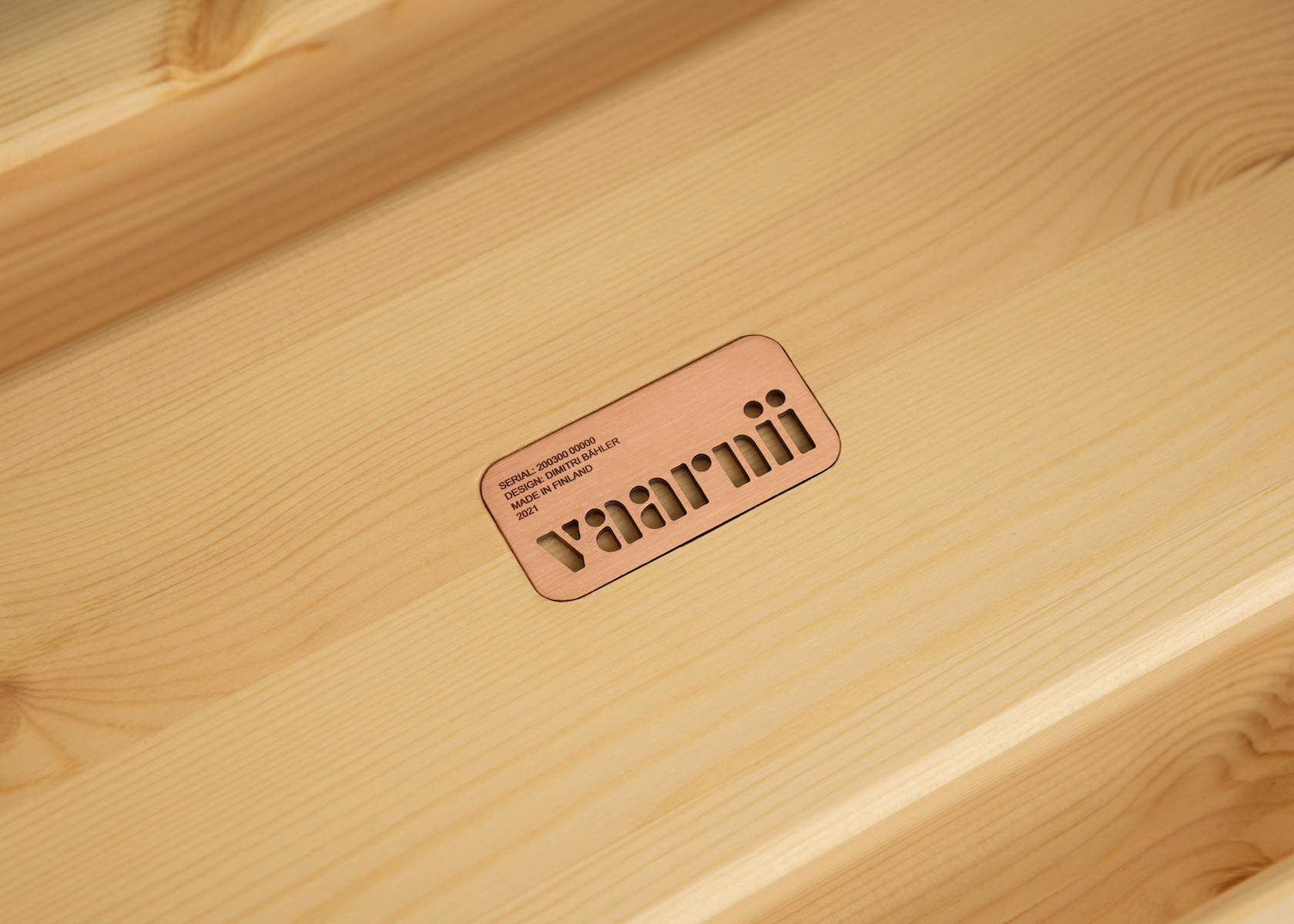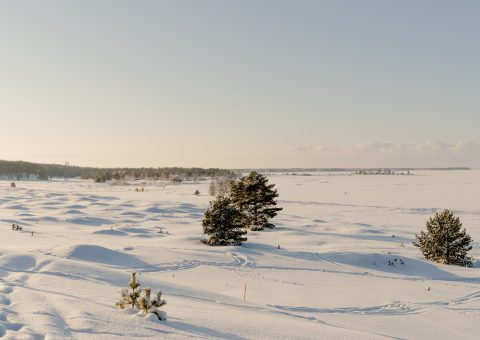A tale of two species
And it comes as no surprise that this abundant natural resource has influenced Finnish architecture, crafts and vernacular design. The Finns relationship with timber is a tale of two species; birch and pine. Whilst the image of stark and beautiful perpendicular pine forests may be iconic, the timber it produces has an image problem – it is classed as a cheap soft wood and most often used for paper pulp, cellulose and building material. Whereas birch is a favourite hard wood, valued for use in furniture and interiors.
At Vaarnii we think it is time to look again. Pine is substantial, characterful, full of natural pattern and colour and, if grown correctly, it is strong. The Finnish vernacular style that inspires us is a direct product of this material: Pine was always the wood of choice for Finnish craftspeople because it was local, free and abundant; an embarrassment of riches. As a result, the making processes and design thinking that shaped our domestic lives is pine shaped and pine coloured; log houses, carved implements, rustic furniture. There is a primitiveness, a raw beauty, a reassuring strength, generosity of scale and warmth to this architecture and object culture that we want to return to and celebrate again.

The Scots Pine
Our first range of furniture and accessories is made from Scots Pine (Pinus Sylvestris) which is the most populous tree in Finland, making up approximately 44% of all forests. The Scots Pine tree can grow up to 40m and live for over a century. Although pine is common, the processes of harvesting, acquiring and using it are less so.
Perhaps surprisingly, pine trees are traditionally harvested during the coldest months of the year. The frozen ground allows for easy transportation of the logs and protects the undergrowth of the forest, whilst the wood is considerably drier, reducing seasoning time. The best quality wood from a pine tree is found in the branchless lower trunk. The wood harvested from this section has less knots, resin and imperfections than that from the higher sections. Although all pine has some of these characteristics and at Vaarnii we are celebrating them, rather than hiding them. Our philosophy is to make long-lasting pieces of furniture, thereby reducing the need for more wood to be harvested and creating a cycle of use that is in proportion to nature: if a tree takes 100 years to grow, our furniture should last just as long.
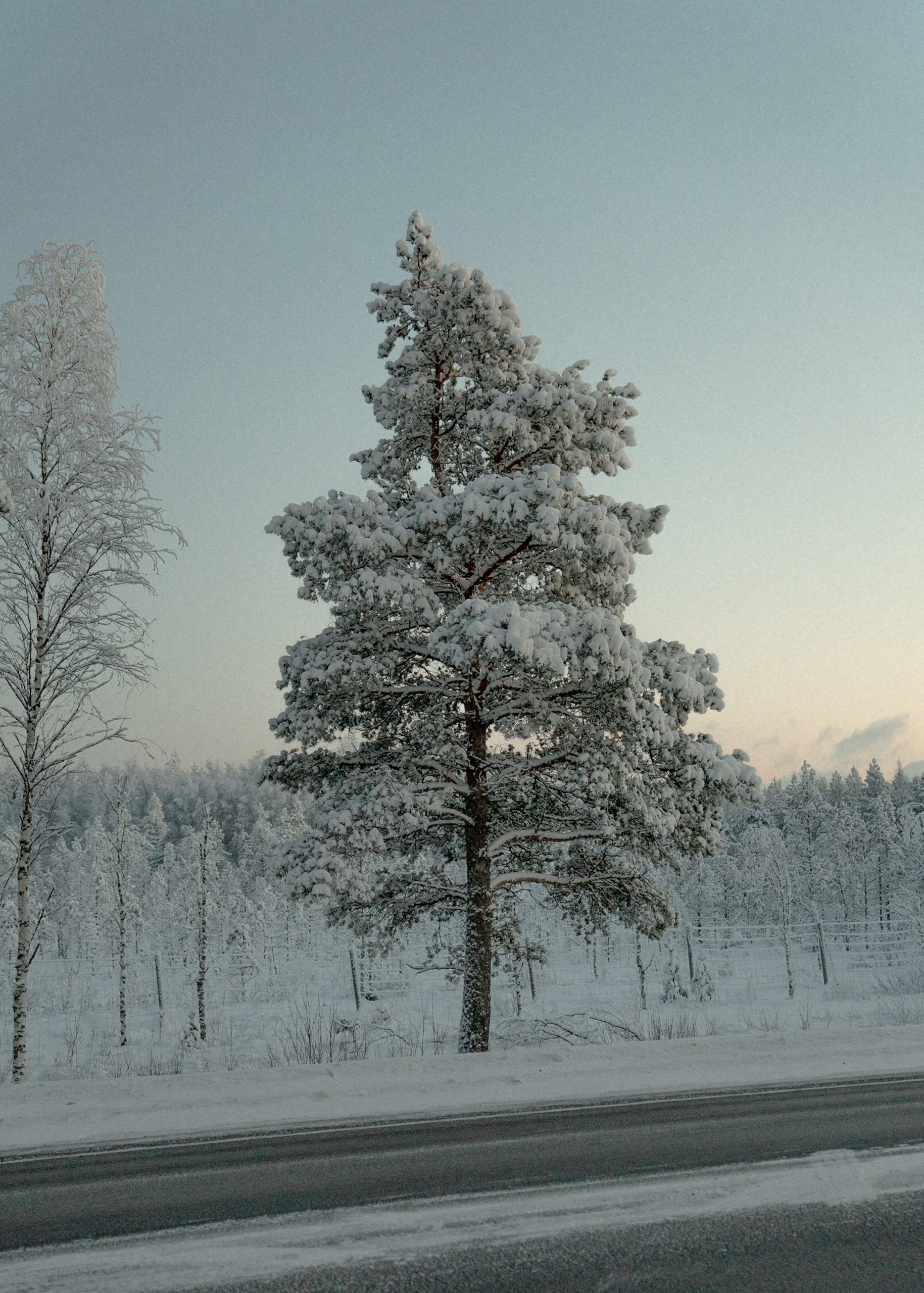
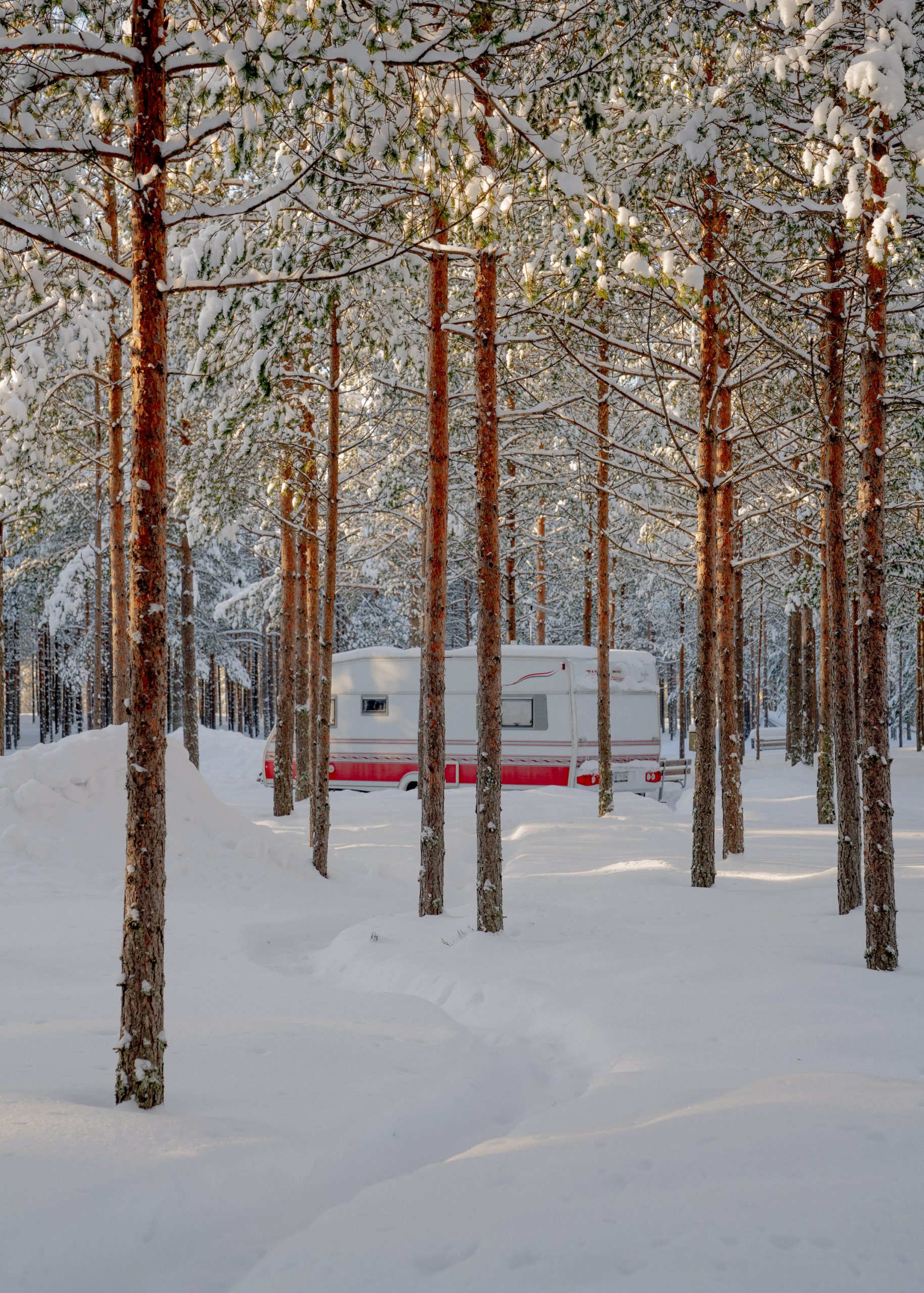
Bold and heavy
The designs for the inaugural Vaarnii range celebrate all the natural qualities of pine: A wide and expressive grain means pine lends itself, structurally and aesthetically, to being used in large expanses. And so, our designs use pine generously: Swathes of solid wood make bold and heavy designs. Which is just as well, as the furniture is intended to serve generations.
Pine is strong, but not very flexible, so you will see that we favour straight lines in our designs. Pine deals with humidity and varying temperatures well, which is great news for our international shipping plans. The realities of aging – one of the most commonly-held objections to pine – have been embraced rather than ignored: Our designers have considered the texture that will come from small dents and scratches made to the surface and our customers are asked to expect and embrace this beautifully irresolute texture.
Similarly, pine is full of natural oils and resins which, over time, react with UV light to bring a rich honey colour to the wood. This characterful mellowing is something, we believe, to look forward to. Cracks, knots and lively grains are all used to maximum decorative advantage. A black filler is used to fill naturally occurring cracks. Making these visible is true to our values of honest furniture making.
Unnamed craftspeople and, later, modernist makers once clearly saw the democracy of this natural Finnish resource. Today, choosing pine is unconventional, but here at Vaarnii we can think of no better material to demonstrate our ideals of unorthodox making, brutal yet beautiful design.
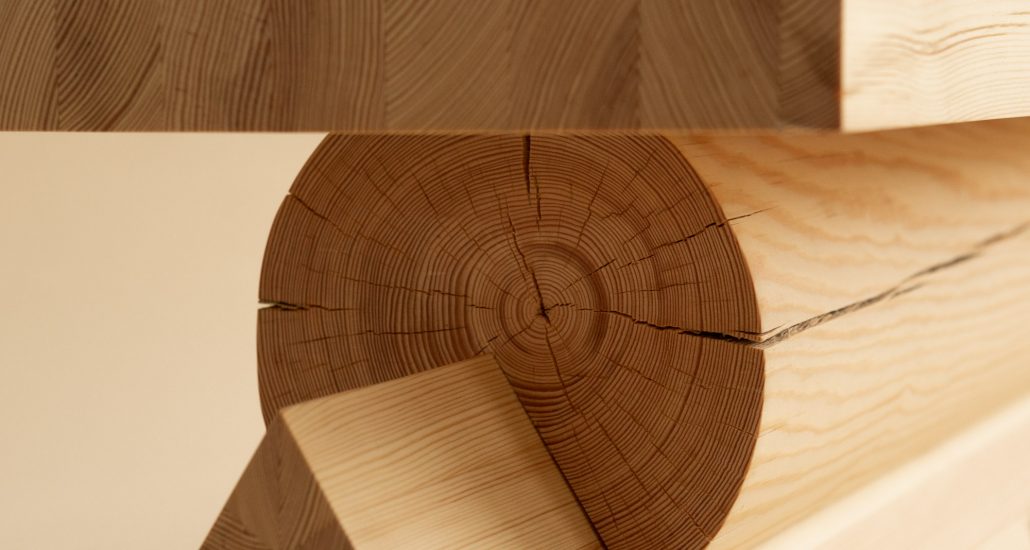
Characteristics of Our Products
- All pine wood is harvested from sustainably managed Finnish forests.
- Pine is a soft wood (although ours is the hardest soft wood you can find) and so will suffer some dents and scratches over time. We ask you to embrace and enjoy these characterful signs of aging.
- Naturally occurring fractures in the wood grain are filled with a natural resin. Keeping these faults visible is true to Vaarnii’s values of honest and unconventional furniture making.
- Pine will naturally change colour as it ages. Your pale piece of furniture will gradually mature to a beautiful honey colour over the course of several years.
- Vaarnii’s pine products are finished with a stain-resistant, water-repellent hardwax-oil.
